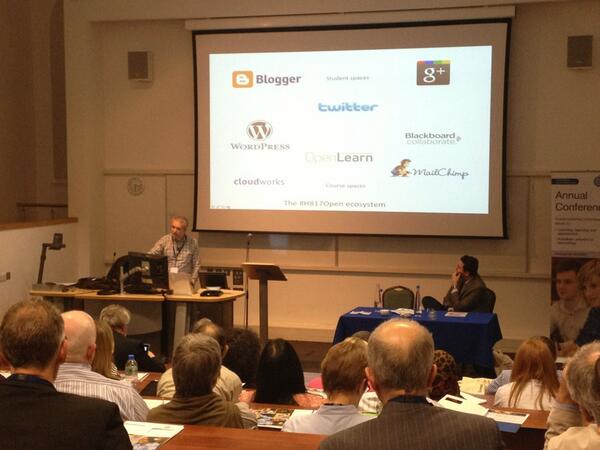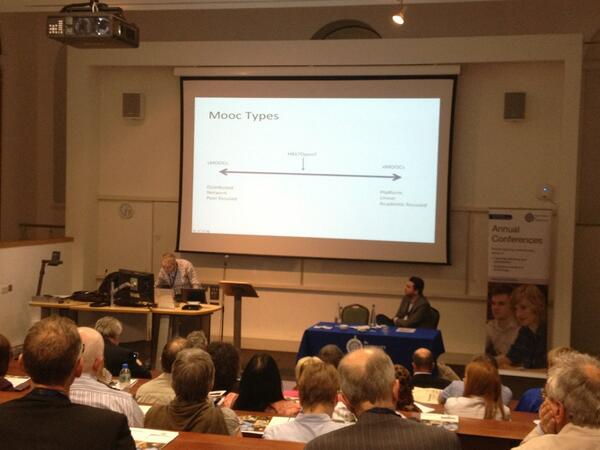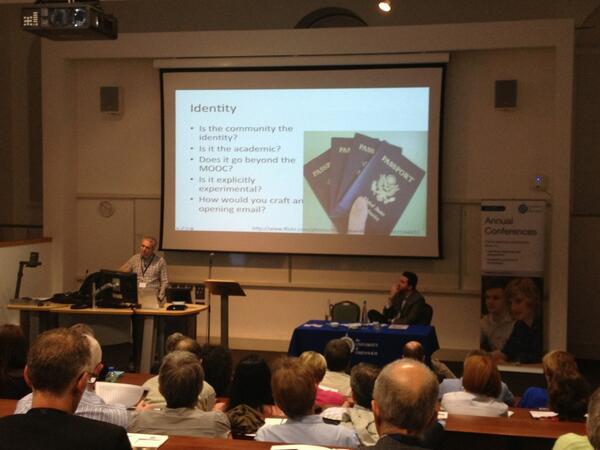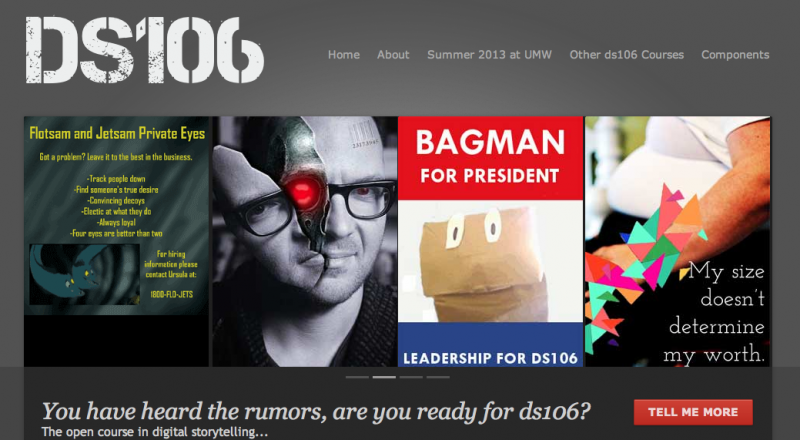MOOC on Openness in Education
Here are my tweets and notes and links from recent conference presentation by Martin Weller, author of The Digital Scholar. Martin reflected on his experiences of running a MOOC at the open university. This is the course blog for the Open University open course (MOOC) on Openness in Education H817Open - http://h817open.net

@mweller - The battle for openness is a proxy for the battle for the future of education #jiscdiglit #uogapt #ukoer
Education is not broken, despite the host of solutions offered by commercial companies #uogapt
Education is not broken.check out http://brokeneducation.tumblr.com/ #uogapt
Paxman on #moocs during last nights newsnight ... fixed that for you: #ds106 pic.twitter.com/nR2EwjATEK
Universities minister David Willetts tells #newsnight "Moocs are going to be a big part of the educational landscape."
#uogapt - #jiscdiglit DIAL APT 2012 - presentation info can be downloaded here - http://process.arts.ac.uk/content/dial-apt-2013 …
|
MOOC tech used by Prof |
 |
|
|
 |
|
|
 |
From Wikipedia - As MOOCs have evolved, there appear to be two distinct types: those that emphasize the connectivist philosophy, and those that resemble more traditional and well-financed courses, such as those offered by Coursera and edX. To distinguish between the two, Stephen Downesproposed the terms "cMOOC" and "xMOOC".[53]
Connectivist MOOCs are based on several principles stemming from connectivist pedagogy.[54][55][56][57] The principles include:
- Aggregation. The whole point of a connectivist MOOC is to provide a starting point for a massive amount of content to be produced in different places online, which is later aggregated as a newsletter or a web page accessible to participants on a regular basis. This is in contrast to traditional courses, where the content is prepared ahead of time.
- The second principle is remixing, that is, associating materials created within the course with each other and with materials elsewhere.
- Re-purposing of aggregated and remixed materials to suit the goals of each participant.
- Feeding forward, sharing of re-purposed ideas and content with other participants and the rest of the world.
An earlier list (2005) of Connectivist principles[58] from Siemens also informs the pedagogy behind MOOCs:

This Work, MOOC on Openness in Education, by cfollows is licensed under a Creative Commons Attribution-ShareAlike 3.0 Unported license.


